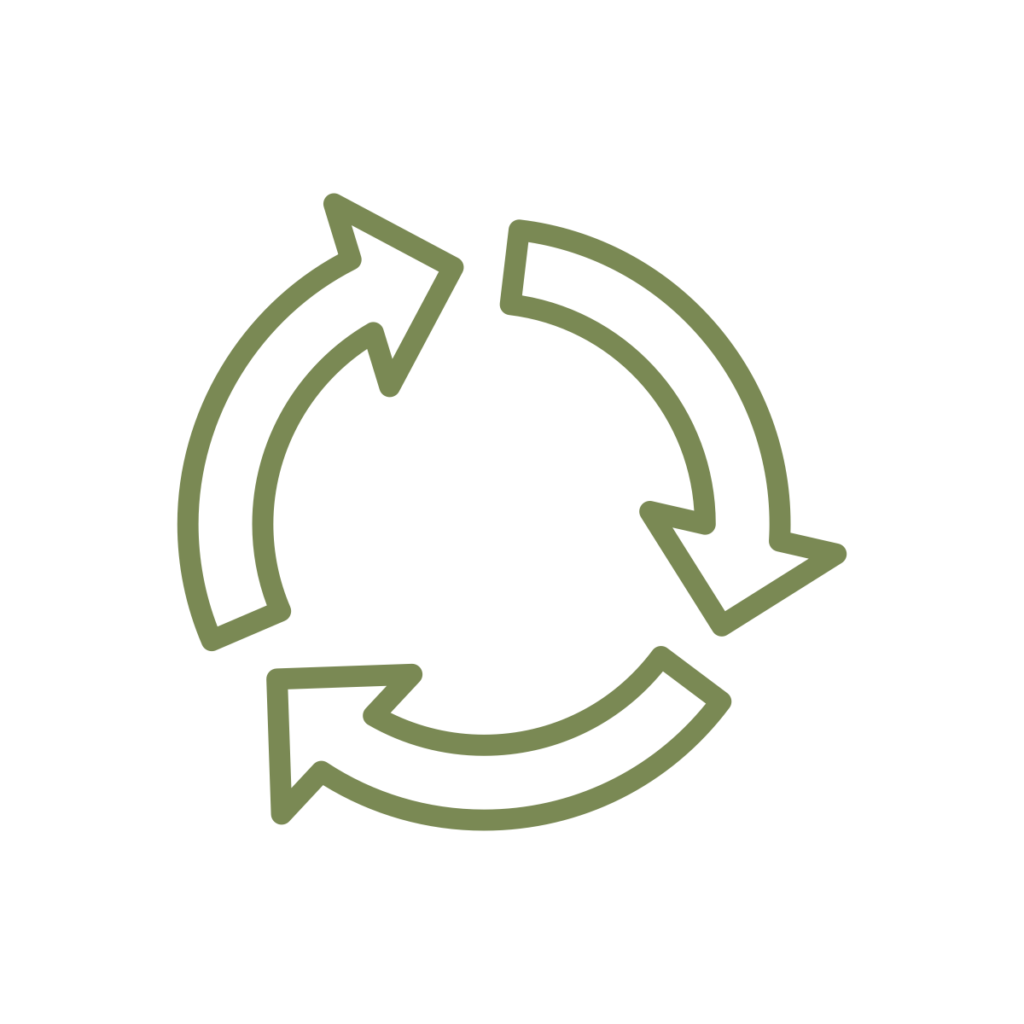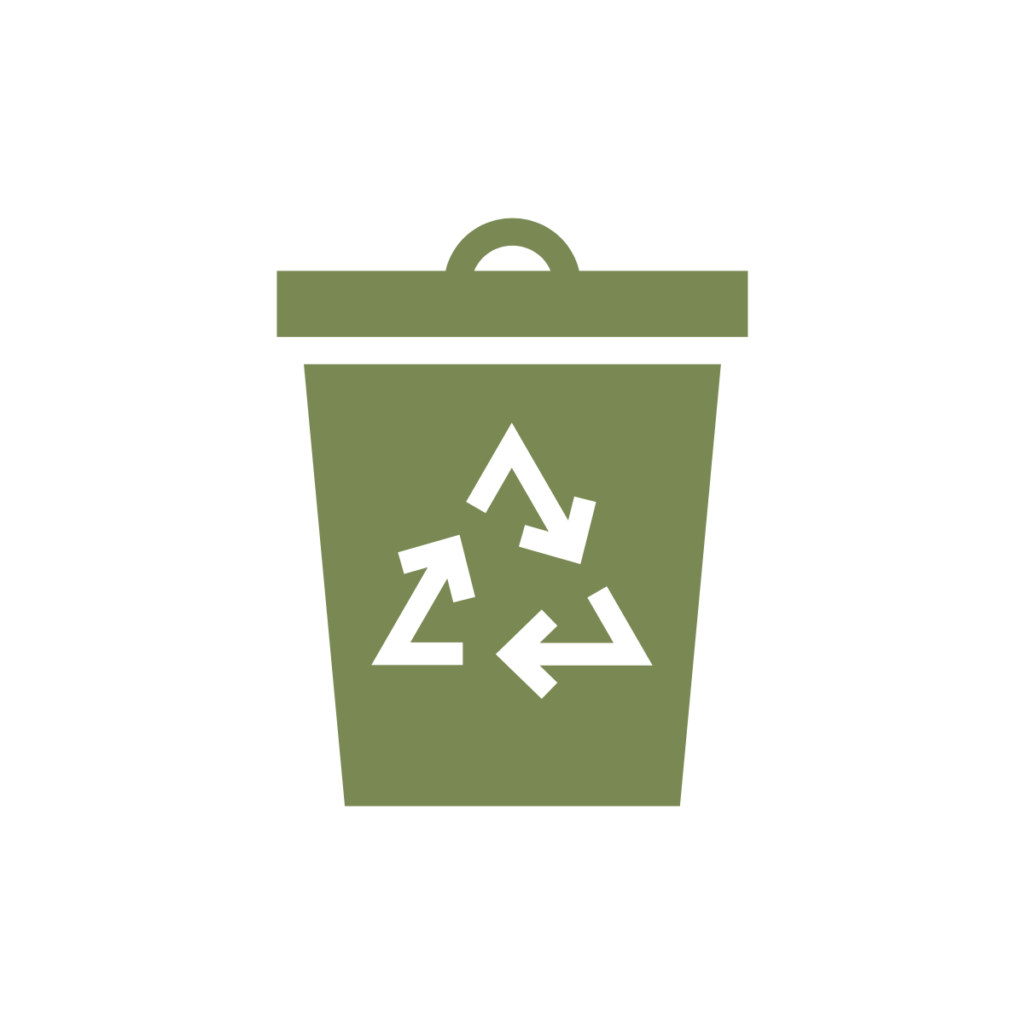What steps should you take to make your business eco-friendly? Not everything can be recycled or composted and time and cost can also be an issue in deciding which solution to use. Sometimes the only solution is to refuse materials or to attempt to reduce them in some way.
The world generates over 2 billion tonnes of waste every year and by 2050 the World Bank estimates it will rise by 50% to 3.4 billion tonnes if changes aren’t made.
The sustainable hierarchy based on the 7 R’s of sustainability provides us with an overview on how we can make the best environmentally friendly decision.
1. Rethink
Rethink:
- individually wrapped products
- single use plastic products such as paper bags and containers
Rethink whether there is a more sustainable packaging option. Could the packaging be recyclable, biodegradable or even compostable? Could paper be used instead of plastic?

2. Refuse
Refuse single-use plastics such as:
- plastic bags
- plastic cutlery
- plastic inserts
- plastic straw

3. Reduce
Reduction generally achieves the highest environmental value by reducing the need for a material in the first place.
Packaging that can’t be recycled but can be reduced includes:
- plastic bags
- takeaway non recyclable coffee cups
- bubble wrap
- polystyrene (foam)

4. Repurpose
Repurposing is about transforming materials into something useful.
- Use paper boxes and bags for storage
- Keep bubble wrap and tissue paper for sending gifts

5. Reuse
The longer a product is used, the less of an environmental impact it has.
Design the packaging to enable multiple use cycles so it is sufficiently durable, safe and hygienic.
Consider establishing a return or collection system so customers can deliver their packaging back to you after use- saving the environment as well as costs!

6. Recycle
Material recycling that keeps materials at their highest value for as long as possible is preferable to composting.
If it is possible for consumers to easily remove an organic residue from your packaging and if the packaging is currently recyclable through local kerbside recycling systems then recycling is the best recovery pathway.
Packaging that is recyclable includes:
- Paper packaging such as cardboard, moulded pulp, corrugated cardboard, tissue paper, Kraft wrapping paper etc
- Glass packaging
- Pulp packaging
- Fibre packaging
- Aluminium packaging
- Wood based packaging
- Poly mailers
Packaging that isn’t recyclable includes:
- Compostable or biodegradable plastics
- Plastic packaging tape
- Packing peanuts
- Polystyrene

7. Rot
Composting is the perfect solution for packaging contaminated with food scraps as these materials can’t be recycled.
Packaging can be composted:
- when it is certified home compostable
- where it will be difficult for consumers to remove organic residue from the packaging
- that is nutrient contaminated (likely to be contaminated with organic residue (food, grease etc)
- where the packaging can be manufactured from compostable materials that meet functional requirements such as product protection
- when there are commercial composting facilities around (if its industrial compostable)
You can compost:
- paper bags
- compostable mailers
- bagasse boxes
You cannot compost:
- coated cardboard packaging
- bioplastic
- cellophane

